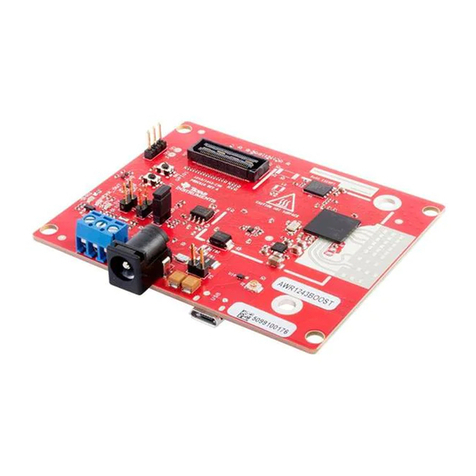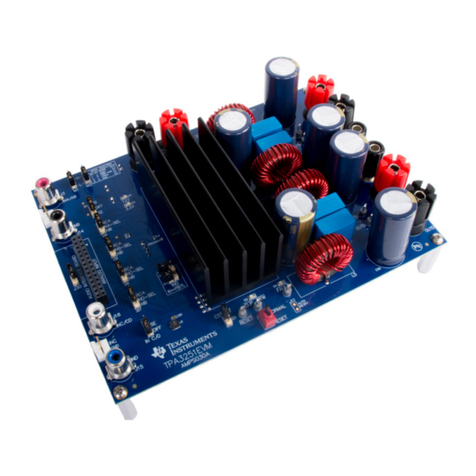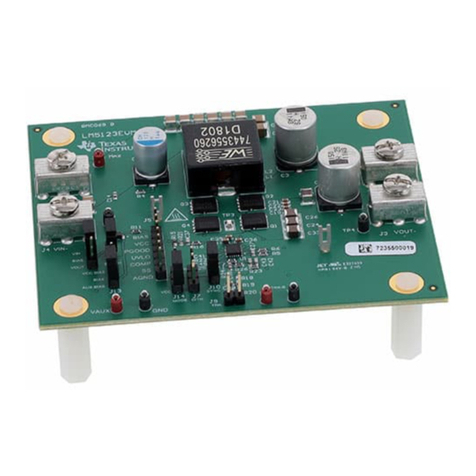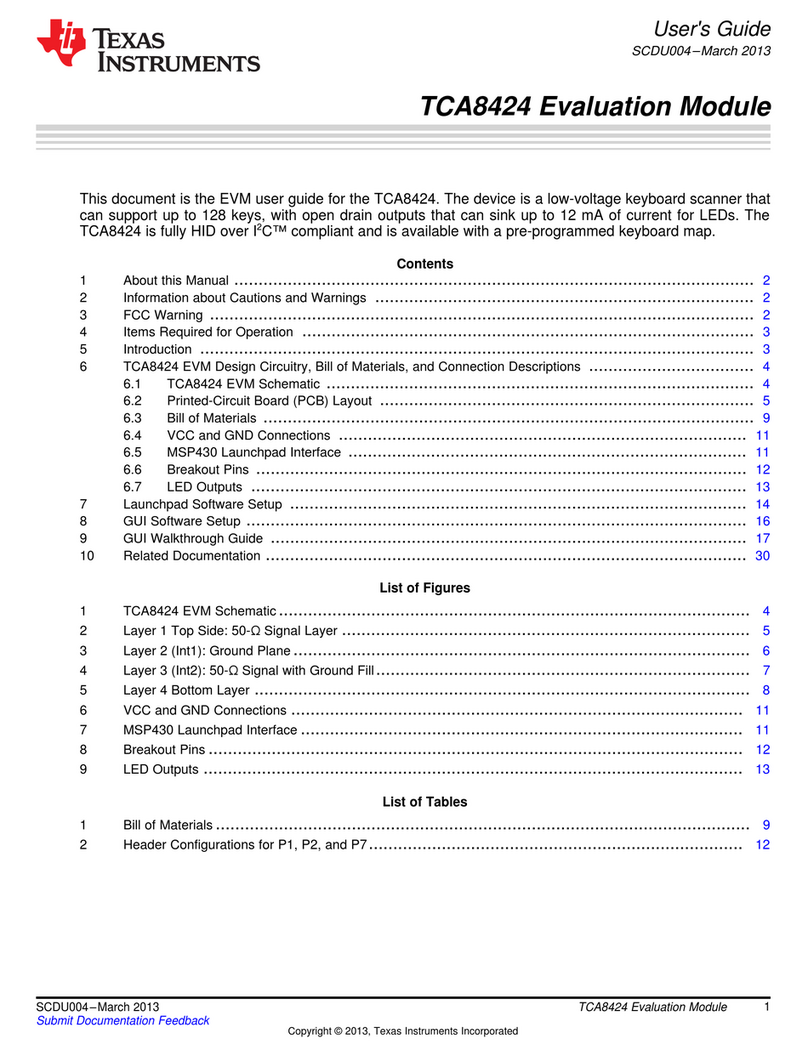Texas Instruments THS7001 User manual
Other Texas Instruments Control Unit manuals
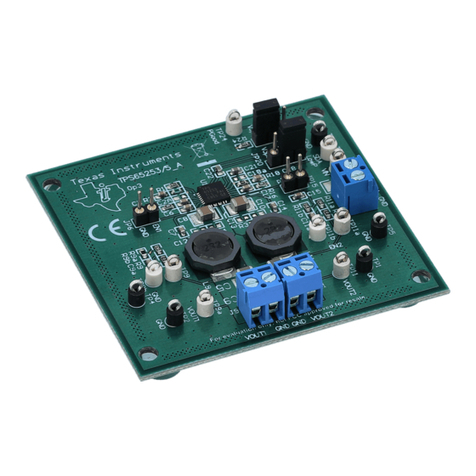
Texas Instruments
Texas Instruments TPS65253 User manual
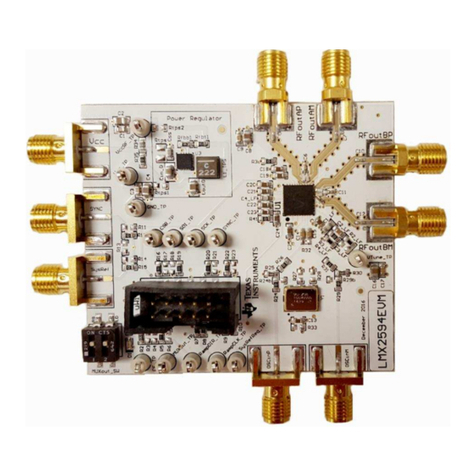
Texas Instruments
Texas Instruments LMX2595EVM User manual
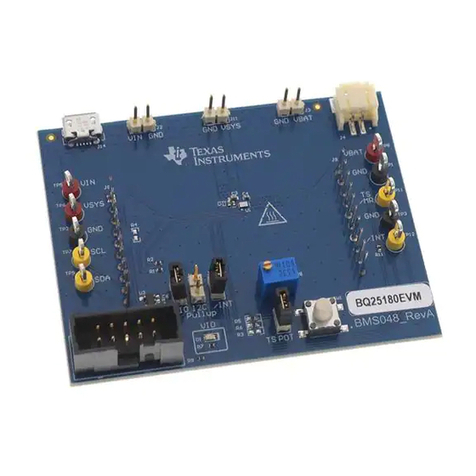
Texas Instruments
Texas Instruments BQ25180 User manual
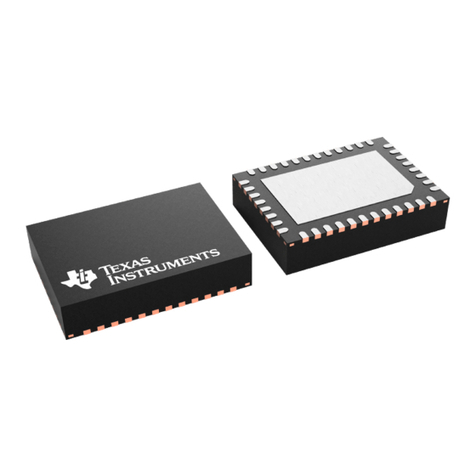
Texas Instruments
Texas Instruments TPS544 20 Series User manual
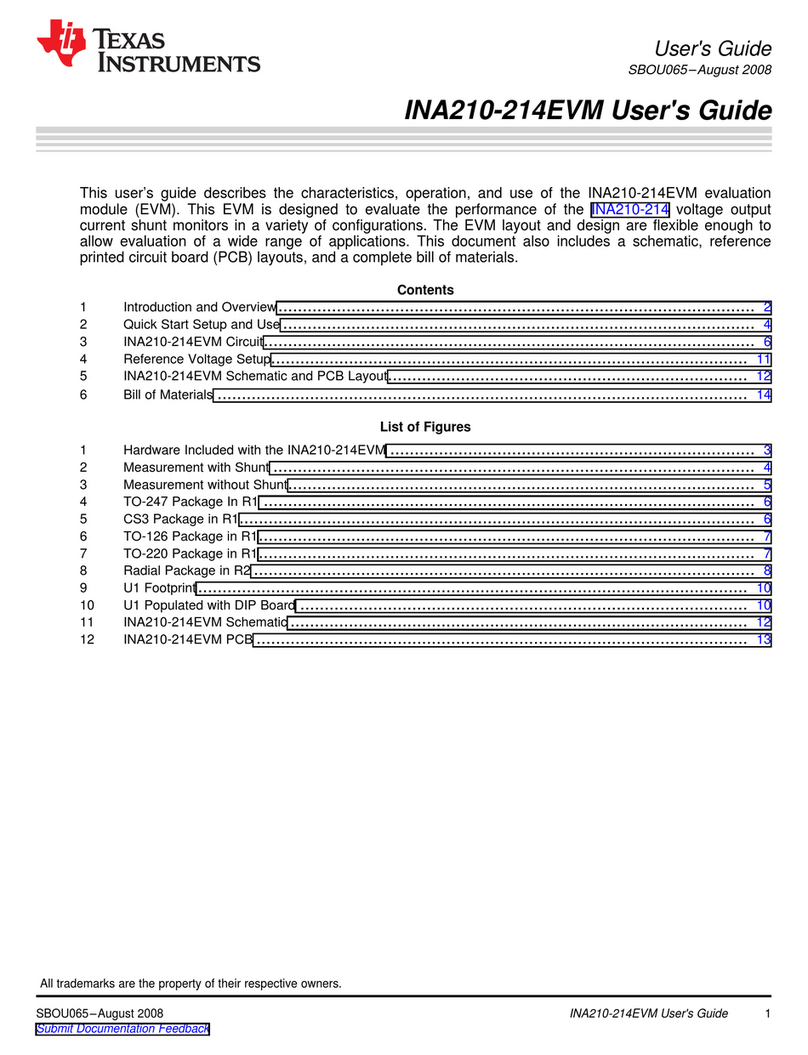
Texas Instruments
Texas Instruments NA210-214EVM User manual

Texas Instruments
Texas Instruments UCC25600EVM User manual
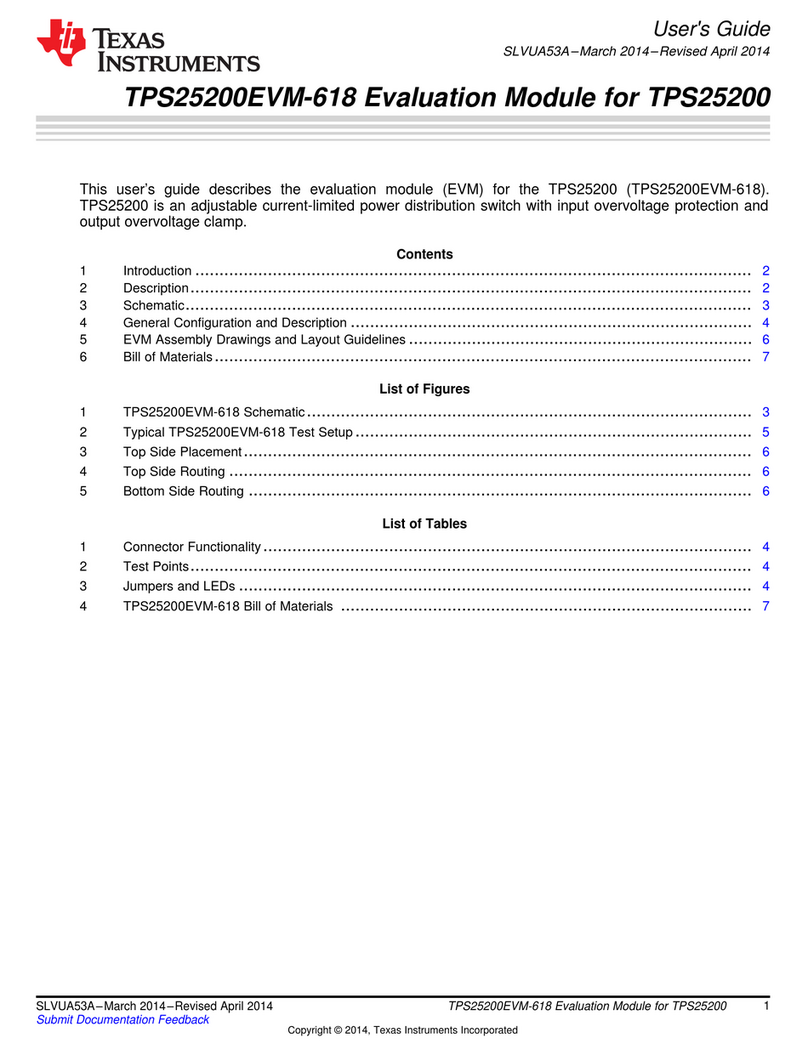
Texas Instruments
Texas Instruments TPS25200EVM-618 User manual
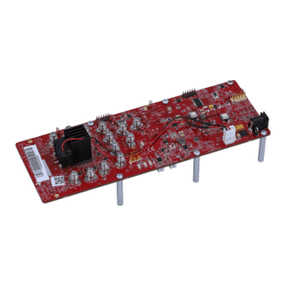
Texas Instruments
Texas Instruments AFE79 Series Assembly instructions
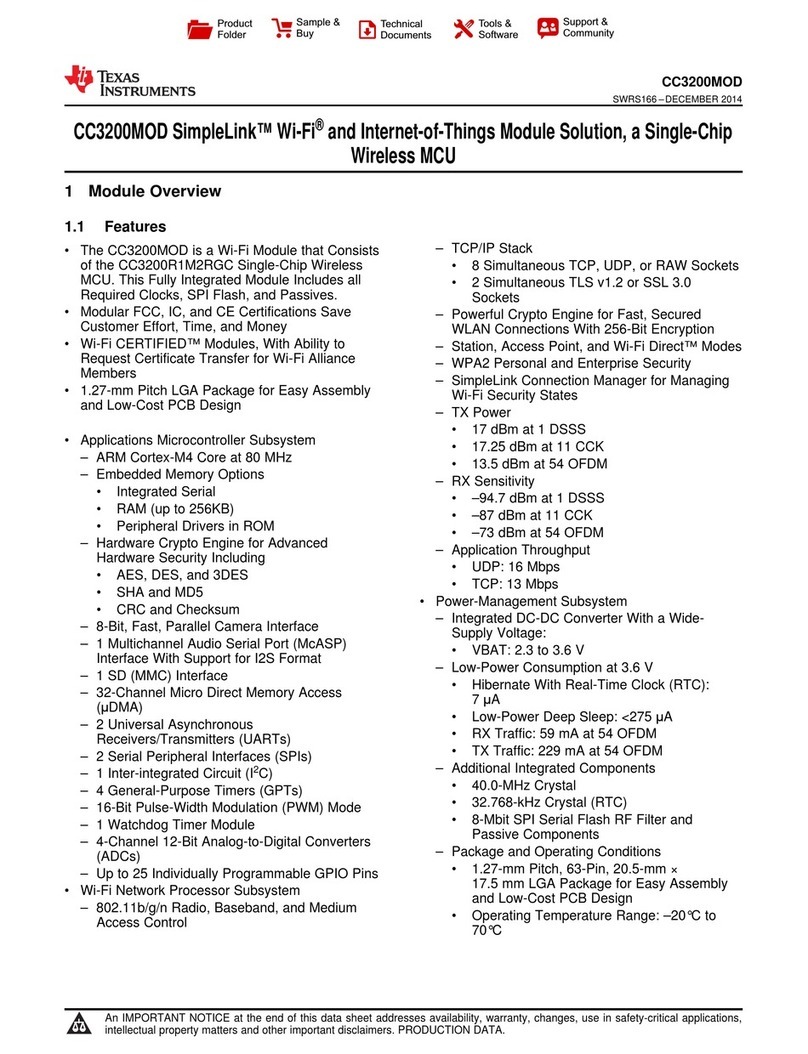
Texas Instruments
Texas Instruments SimpleLink CC3200MOD User manual
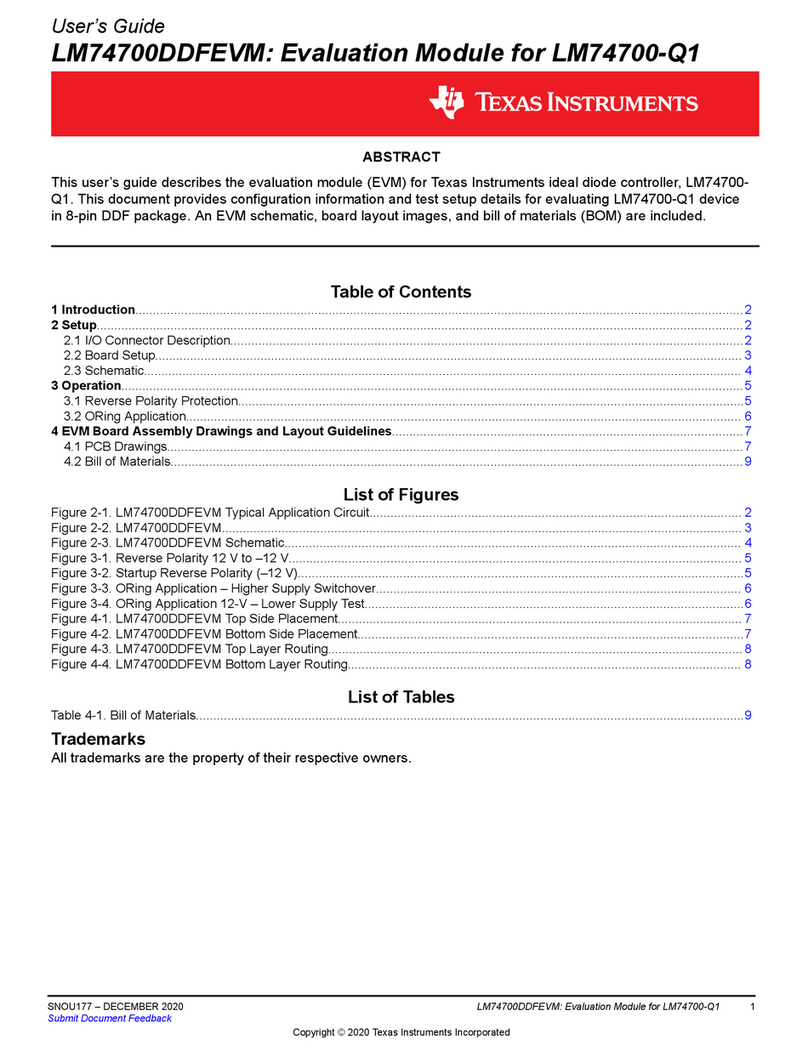
Texas Instruments
Texas Instruments LM74700DDFEVM User manual

Texas Instruments
Texas Instruments TPS54521EVM-607 User manual
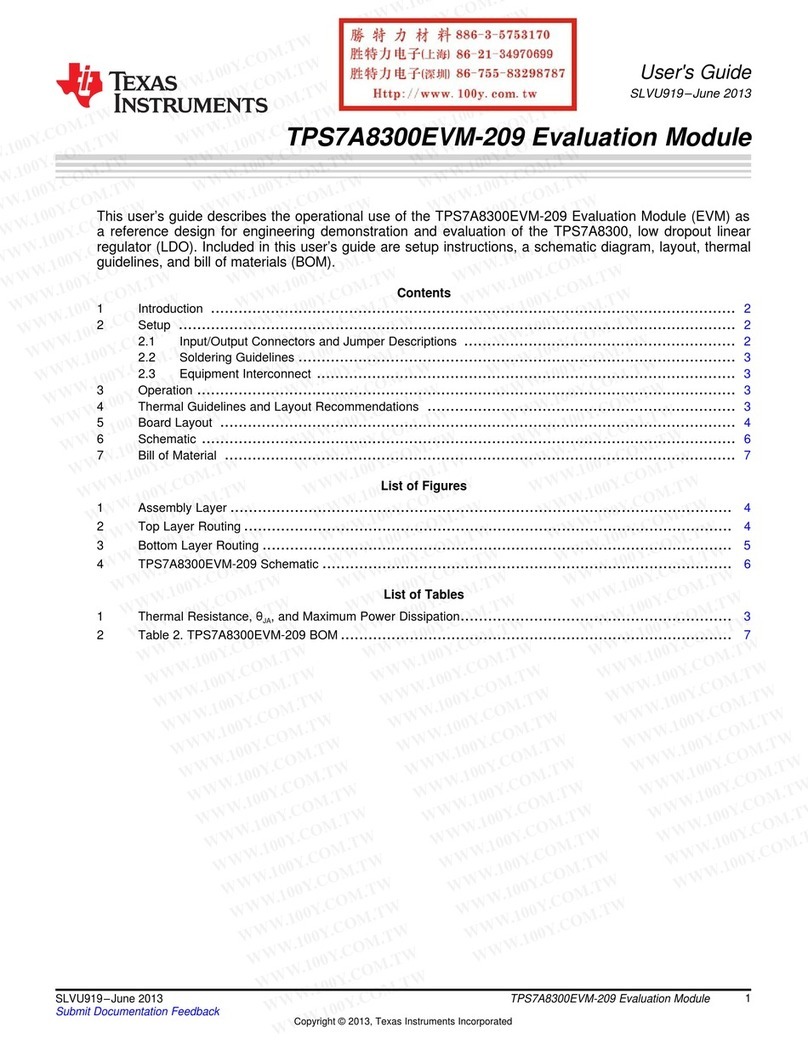
Texas Instruments
Texas Instruments TPS7A8300EVM-209 User manual

Texas Instruments
Texas Instruments BQ25750 User manual
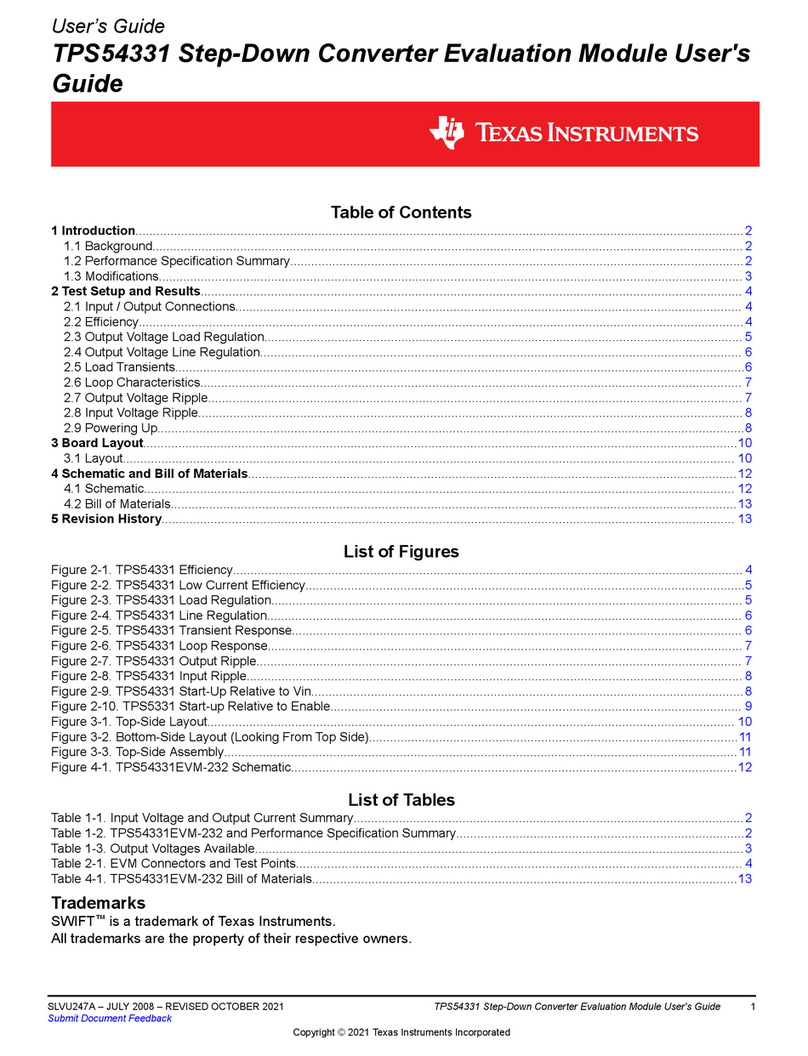
Texas Instruments
Texas Instruments TPS54331 User manual
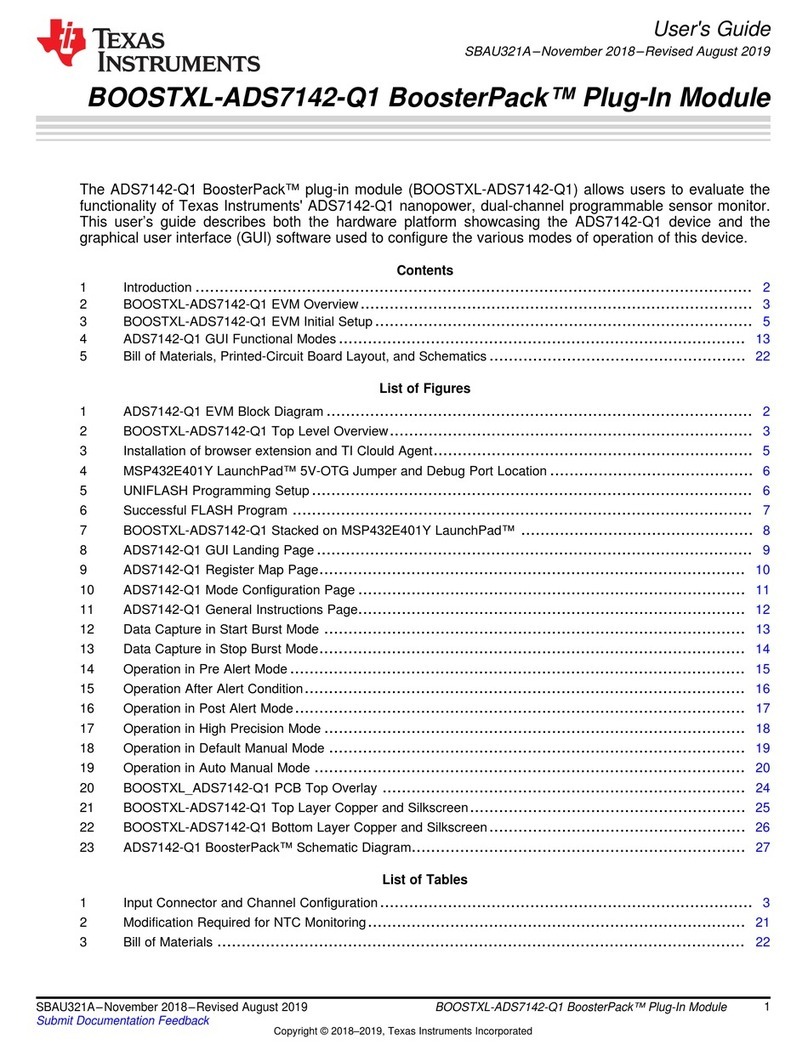
Texas Instruments
Texas Instruments BoosterPack BOOSTXL-ADS7142-Q1 User manual
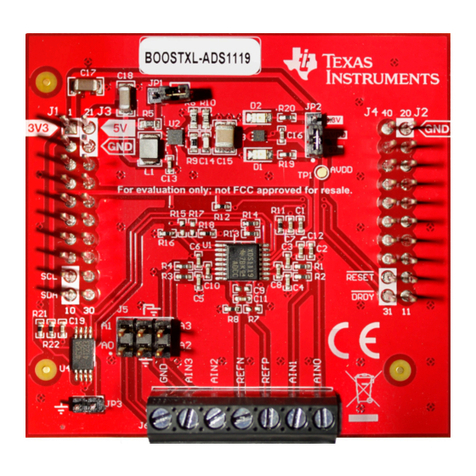
Texas Instruments
Texas Instruments BoosterPack BOOSTXL-ADS1119 User manual
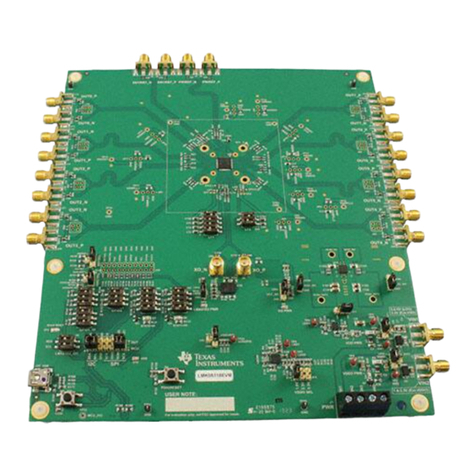
Texas Instruments
Texas Instruments LMK05318EVM User manual
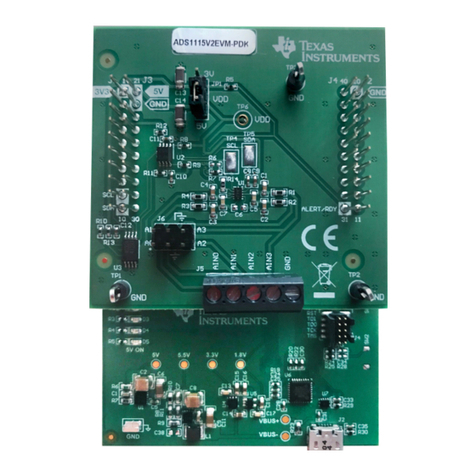
Texas Instruments
Texas Instruments ADS1x15V2EVM-PDK User manual
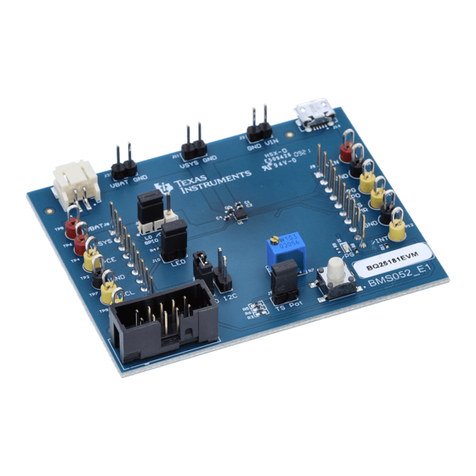
Texas Instruments
Texas Instruments BQ25181 User manual
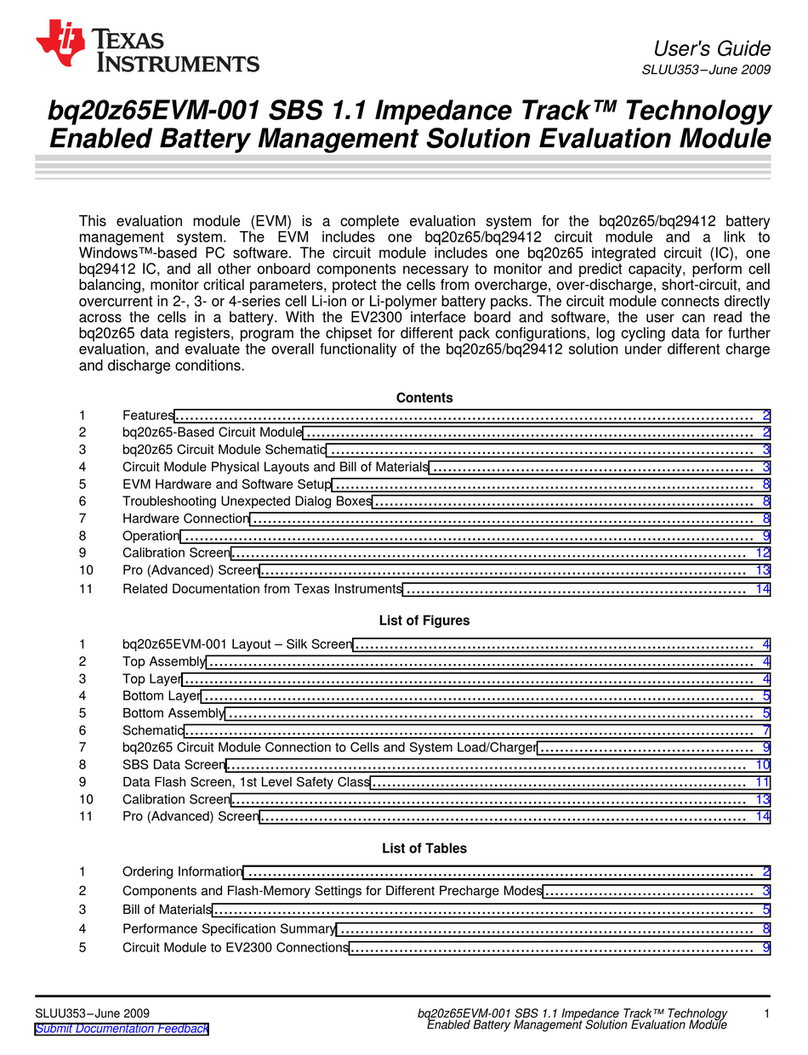
Texas Instruments
Texas Instruments bq20z65EVM-001 User manual
